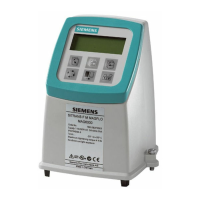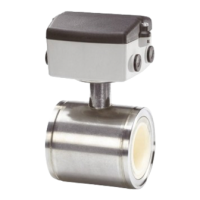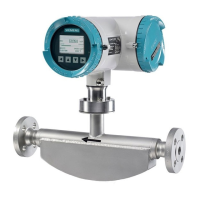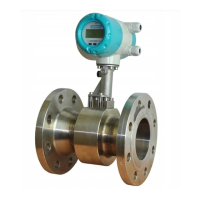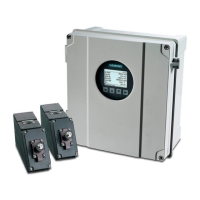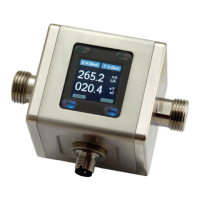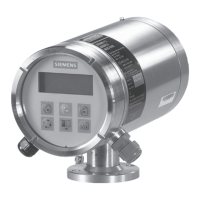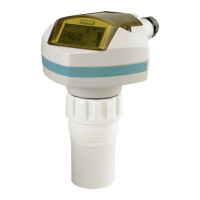List of abbreviations
Safety Manual
22 Operating Instructions, 06/2012, A5E03433511-05
Abbreviation Full term Meaning
O
2
Oxygen (molecular formula) Chemical element with atomic number 8 and represented by the
symbol O. Its name derives from the Greek roots ὀξύς (acid, literally
"sharp", referring to the sour taste of acids) and -γενής (producer,
literally begetter), because at the time of naming, it was mistakenly
thought that all acids required oxygen in their composition. At
standard temperature and pressure, two atoms of the element bind to
form dioxygen, a colorless, odorless, tasteless diatomic gas with the
formula O
2
.
In case of SITRANS SL: A measuring component
PFD Probability of Failure on Demand Probability of dangerous failures of a safety function on demand
PFD
AVG
Probability of Failure on Demand
(AVERAGE)
Average probability of dangerous failures of a safety function on
demand
PLC Programmable Logic Controller A digital computer used for automation of industrial processes, such
as machinery control in factories
SFF Safe Failure Fraction Proportion of safe failures:
Proportion of failures without the potential to bring the safety-
instrumented system into a dangerous or impermissible functional
status.
SIF Safety Instrumented Function Function to be implemented by a safety-related system or an external
risk reduction facility, which is intended to achieve or maintain a safe
state for the process, with respect to a specific hazardous event
SIL Safety Integrity Level The international standard IEC 61508 defines four discrete Safety
Integrity Levels (SIL 1 to SIL 4). Each level corresponds to a
probability range for failures of a safety function. The higher the
Safety Integrity Level of the safety-instrumented system, the lower
the probability that it will not execute the required safety functions.
TI Test Interval Testing interval of the protective function
XooY X out of Y voting Classification and description of the safety-instrumented system in
terms of redundancy and the selection procedures used
in which
- Y specifies how often a safety function is executed (redundancy)
and
- X determines how many channels have to work correctly.
Example:
Pressure measurement in a 1oo2 architecture: A safety
instrumented-system decides that a specified pressure limit has been
exceeded if one out of two pressure sensors reaches this limit. In a
1oo1 architecture, there is only one pressure sensor.

